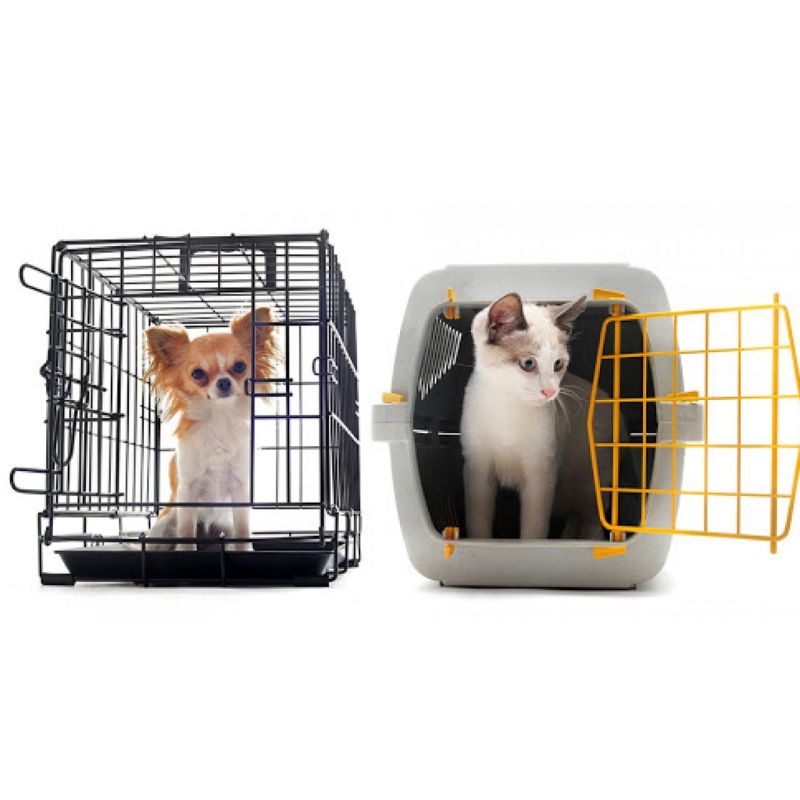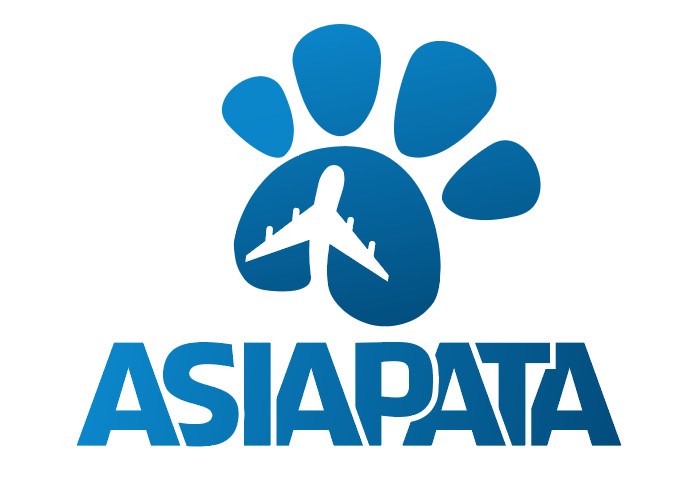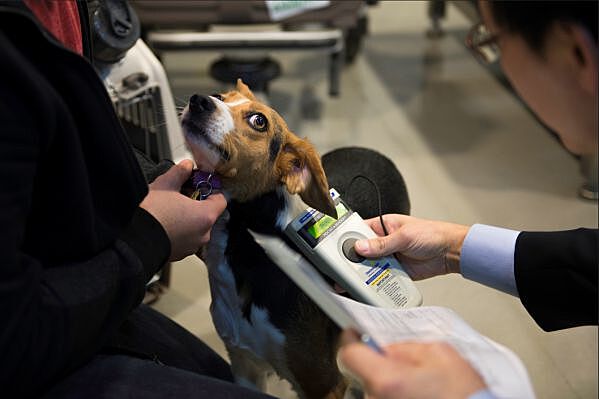Regulations for Transporting Pets by Air from Germany to Vietnam
Introduction
For many pet owners, moving abroad or returning home would not be complete without bringing their beloved companions. Transporting pets by air from Germany to Vietnam is a fairly common demand, especially for Vietnamese expatriates, international students, or professionals relocating with their families. However, unlike general cargo, pets are considered special passengers, and their transportation is strictly regulated by both international aviation standards and the specific import regulations of Vietnam.
Understanding these regulations is essential to ensure a smooth journey for your pet, avoid delays, and prevent unexpected issues at the airport. This article provides a comprehensive overview of the rules and requirements you need to know when flying your pet from Germany to Vietnam.

Airline Regulations for Pet Transportation
Airlines flying between Germany and Vietnam, including carriers such as Lufthansa, Vietnam Airlines, Qatar Airways, and Emirates, all follow the International Air Transport Association (IATA) Live Animals Regulations (LAR). These rules ensure animal welfare and passenger safety during flights.
Cabin vs. Cargo Hold
-
In-cabin transport: Small pets (usually under 8 kg including the carrier) may be allowed to travel in the cabin under the seat in front of the passenger.
-
Cargo hold: Larger pets must travel in the aircraft’s temperature-controlled and pressurized cargo compartment.
Approved Pet Carriers
Airlines require IATA-approved carriers that meet specific size, ventilation, and security standards. Carriers must allow the pet to stand, turn around, and lie down comfortably. The material should be strong, leak-proof, and well-ventilated.
Health and Age Restrictions
-
Most airlines only accept pets that are at least 12 weeks old.
-
Pregnant animals or those with health conditions may be refused.
-
Certain breeds, especially brachycephalic (short-nosed) dogs and cats, may face restrictions due to breathing risks.
Veterinary and Health Documentation
When transporting pets from Germany to Vietnam, a set of documents is required to comply with both German export regulations and Vietnamese import requirements.
1. Microchip Identification
Pets must be microchipped with an ISO 11784/11785 compliant chip. This chip number must appear on all veterinary certificates.
2. Rabies Vaccination Certificate
-
Vietnam requires pets to be vaccinated against rabies at least 21 days before travel.
-
The vaccination must be valid at the time of entry.
3. Veterinary Health Certificate
Issued by an accredited veterinarian in Germany and endorsed by the local veterinary authority, the health certificate confirms the animal is free from contagious diseases and fit to fly.
4. Additional Vaccinations
While rabies is mandatory, airlines and veterinary officials may also recommend vaccines against distemper, parvovirus, and leptospirosis depending on the pet’s species.
5. Import Permit from Vietnam
In some cases, especially for commercial shipments or multiple pets, an import permit from the Department of Animal Health (DAH) in Vietnam may be required.
Customs and Quarantine Regulations in Vietnam
Upon arrival in Vietnam, pets must pass through customs inspection. The authorities will check documents and may conduct a basic health examination.
-
Quarantine: Generally, if the paperwork is complete and the pet shows no signs of illness, quarantine is not required. However, if documentation is missing or the pet appears unwell, quarantine (up to 30 days) may be imposed at a designated facility.
-
Inspection Fee: A small veterinary inspection fee may apply upon arrival.
-
Airport Entry Points: Pets should enter Vietnam through international airports equipped with quarantine inspection offices such as Hanoi (Noi Bai), Ho Chi Minh City (Tan Son Nhat), or Da Nang.
Preparation Tips for a Smooth Journey
Transporting pets internationally can be stressful both for the owner and the animal. Proper preparation is key to ensuring a safe and comfortable trip.
Choose the Right Flight
Direct flights are recommended to reduce stress and travel time. If layovers are unavoidable, select airlines with good reputations for animal care.
Acclimate Your Pet to the Carrier
Introduce the carrier to your pet weeks before departure. Allow them to sleep inside with familiar bedding to reduce anxiety.
Feeding and Hydration
Do not feed pets a large meal right before the flight. Provide light food 4–6 hours prior and ensure access to water. Some carriers allow water bowls that attach to the crate.
Label the Carrier
Attach identification tags with your contact information, as well as “Live Animal” labels in accordance with IATA guidelines.
Consult with a Veterinarian
Have your pet checked before flying. Discuss whether mild calming aids are necessary, but avoid strong sedatives, which are not recommended for air travel.
Responsibilities of Pet Owners
Pet owners are responsible for:
-
Preparing accurate and complete documentation.
-
Booking pet transport with the airline in advance, as spaces are limited.
-
Ensuring the carrier and pet meet airline safety requirements.
-
Covering all fees, including excess baggage or cargo charges, veterinary checks, and customs fees in Vietnam.
Conclusion
Transporting pets by air from Germany to Vietnam requires careful planning and compliance with multiple layers of regulation. From airline requirements and IATA standards to Vietnamese import rules and veterinary documentation, every detail matters in ensuring a smooth process.
By preparing early, consulting with your airline and veterinarian, and understanding customs procedures, you can help your pet travel safely and comfortably across continents.
At Asiapata, we are committed to supporting pet owners with accurate guidance and professional logistics solutions. Whether you are moving temporarily or relocating permanently, understanding the regulations for transporting pets from Germany to Vietnam will help you provide the best care for your furry companion during this important journey.
Read more:














